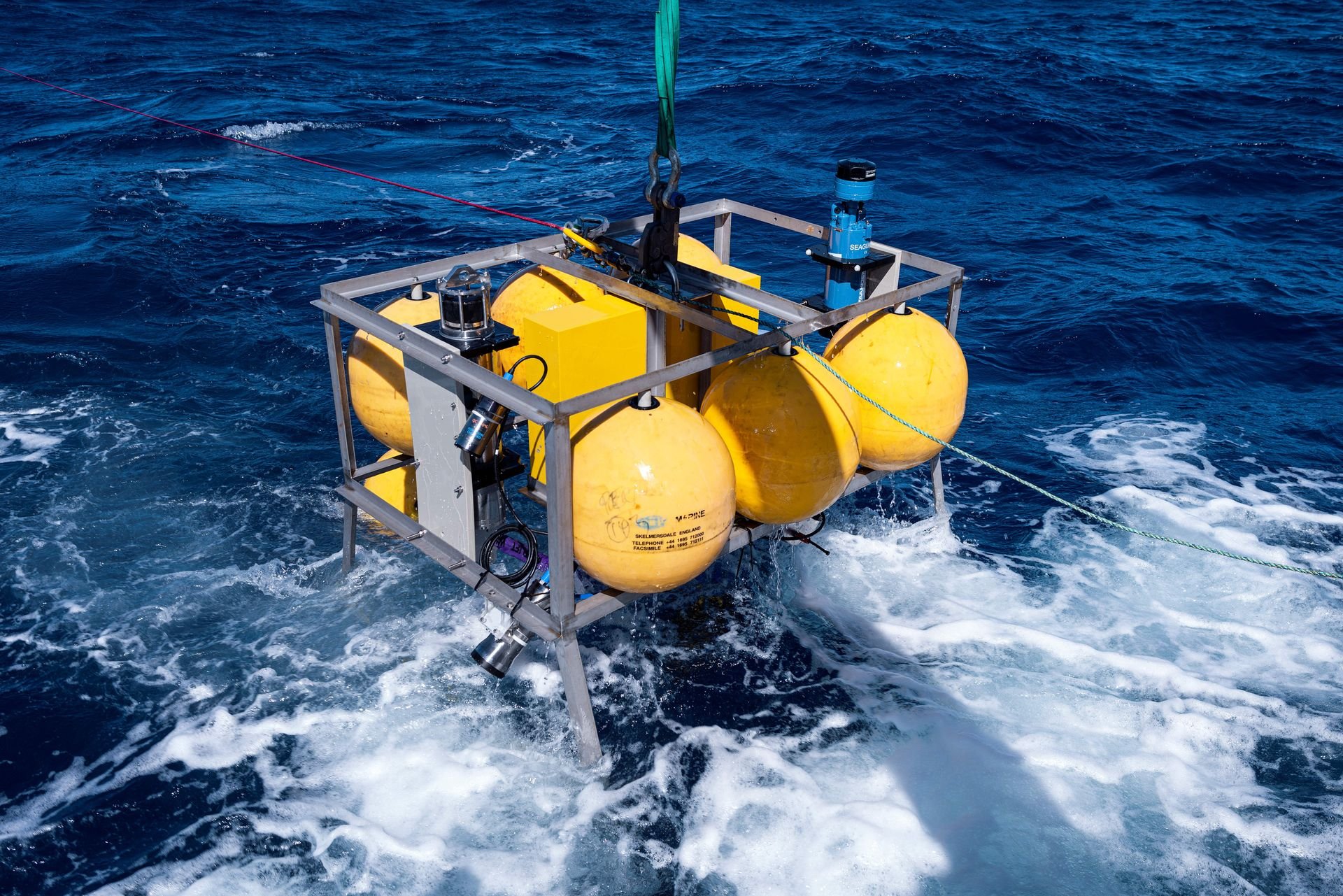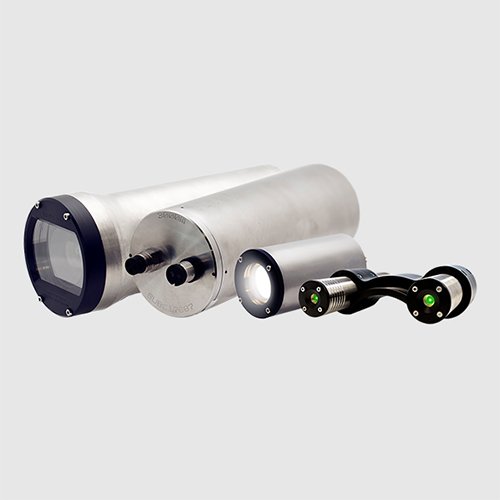Case Study: New Tech Powers 18 Months of Unmanned Deep-Sea Monitoring
Autonomous Timelapse System Helps The University of Western Australia Advance Deep-Sea Research
In May 2023, The University of Western Australia (UWA), led by Dr. Todd Bond, embarked on a landmark project to explore and monitor Australia’s deepest Marine Parks. Central to this endeavor was the deployment of two custom-built, long-term observatories, each equipped with SubC Imaging’s Autonomous Timelapse System. These observatories are enhancing scientific understanding of deep-sea biodiversity and ecosystem connectivity by enabling continuous, autonomous data collection over 18 months.
Photo: Courtesy of Dr. Todd Bond, The University of Western Australia
The Challenge
Photo: Courtesy of Dr. Todd Bond, The University of Western Australia
Australia’s Marine Parks, including the Perth Canyon Marine Park and Gascoyne Marine Park, represent one of the world’s most extensive networks of protected deep-sea ecosystems. Despite their ecological significance, these regions remain largely unexplored due to the technical challenges of operating in the deep sea and their sheer size.
To address this knowledge gap, Dr. Bond and his team designed a project with three key objectives:
Explore, describe, and understand what animals inhabit Australia’s deep sea beyond 1000 meters.
Analyze connectivity between deep-sea animals across different locations.
Continuously monitor two abyssal plains, located 1000 kilometers apart, for 18 months.
Achieving these objectives required overcoming several critical challenges:
Extreme Depths: Operating at depths exceeding 5000 meters required technology capable of withstanding immense pressure and low temperatures.
Long-term, Timelapse Imaging: Continuous, autonomous, high-resolution timelapse imaging over long periods was previously challenging.
Operational Durability: The system needed to maintain functionality without intervention for months in challenging conditions.
Integrated Data Collection: Integrating imaging, environmental sensor data, and physical samples into a unified solution was essential for success.
Addressing these challenges demanded an innovative, adaptable solution capable of reliable, long-term performance in one of the world’s most demanding research settings.
The Solution: SubC Imaging’s Autonomous Timelapse System
To address these challenges and achieve their project goals, UWA selected SubC Imaging’s Autonomous Timelapse System as the core imaging solution for their observatories. The system integrates a high-performance Rayfin camera and subsea LED lights, along with intuitive software for seamless programming and operation. Designed for long-term, battery-powered deployments, this system enabled UWA to achieve remote, continuous monitoring at depth greater than 5000m.
The SubC Autonomous Timelapse System offers key features tailored to deep-sea research:
Extreme Depth Performance: Reliable operation at depths up to 6000 meters.
Customizable Timelapse Programming: Allows users to schedule image and video captures and adjust settings for lighting, focus, and exposure.
Battery-Efficient Hibernation Mode: This optional feature can extend deployment durations by conserving power between imaging intervals.
Comprehensive Integration: Supports additional tools such as sediment traps and oceanographic sensors, creating a multifunctional observatory system.
As Dr. Bond noted, “The SubC Autonomous Timelapse System was big part of the success of this project. Being able to capture high-quality data in the deep sea over long periods wouldn’t have been possible without this unique hardware and software. It’s the only off-the-shelf system I’ve come across that combines very high quality timelapse imaging with a hibernation mode, which is exactly what we needed to monitor Australia’s deep sea. It’s made a huge difference in how we study these ecosystems through time and has given us insights we couldn’t get any other way.”
Photo: Courtesy of Dr. Todd Bond, The University of Western Australia
Implementation
Deploying UWA’s custom-built observatories required meticulous planning. Each observatory featured SubC’s Autonomous Timelapse System accompanied by a suite of oceanographic sensors to measure key environmental parameters like conductivity, temperature, and oxygen levels. A sediment trap, positioned 300 meters above the main frame, captured falling organic material to provide insights into the seasonality and quantity of falling marine snow.
Components were carefully assembled and lowered into the sea, with the main frame and its steel ballast descending to depths of 4300 and 5100 meters. Despite last-minute delivery delays for critical parts and challenging weather conditions, the team successfully installed the observatories, setting the stage for 18 months of continuous, autonomous data collection.
Results
Photo: Courtesy of Dr. Todd Bond, The University of Western Australia
UWA’s observatories advanced the understanding of deep-sea ecosystems in several key ways. High-resolution images captured every 12 hours provided new insight into benthic activity linked to marine snow dynamics, revealing seasonal ecosystem changes and long-term environmental patterns. The optional hibernation mode played a pivotal role, conserving power and ensuring uninterrupted operation throughout the deployment.
In addition to the two observatories, baited landers deployed for 6 hours captured footage of rare and novel species, including snailfish, robust assfish, and deep-sea prawns, some of which were documented in Australian waters for the first time. Data from sediment traps and oceanographic sensors further revealed connections between oceanographic conditions and benthic life, shedding light on how marine snow sustains these ecosystems. Collectively, the observatories provided a robust dataset that not only enhances current knowledge but also serves as a foundation for future expeditions and long-term monitoring.
Advancing Autonomous Ocean Research
The collaboration between UWA and SubC Imaging addressed gaps in deep-sea monitoring by providing a reliable solution for long-term, autonomous data collection in extreme environments. SubC’s Autonomous Timelapse System enabled UWA to overcome technical and operational challenges, paving the way for future research and long-term ecosystem studies.
The success of this project highlights the value of autonomous, battery-powered systems in advancing marine research. By minimizing the need for intervention, these systems allow for extended deployments, reducing costs and logistical complexity while delivering consistent, high-quality data essential for understanding remote and challenging environments.





